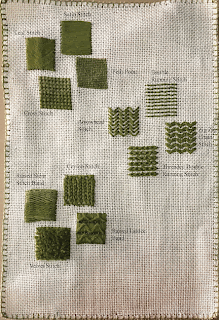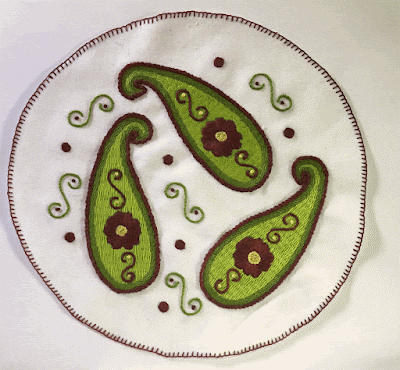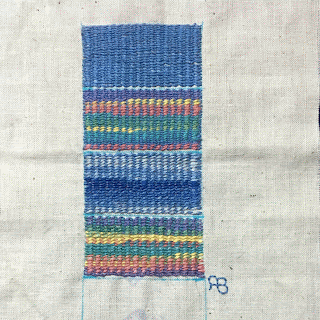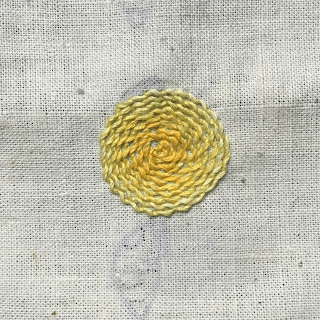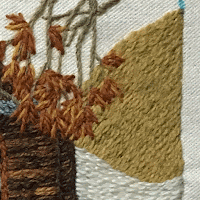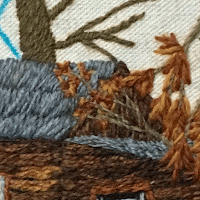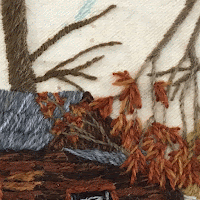It's spring again and there are lots of wild flowers starting to bloom here. I usually get inspired to make a flower embroidery in the spring. This spring I made a bookmark of the nodding onion. I'm getting ready to plant flowers in the garden now too.
The Nodding Onion or sweet onion is a
wild plant native to western Canada. The bunches of nodding pink
flowers bloom from May to July. The fresh leaves and flowers of the
nodding onion have a mild taste like chives. They are a traditional
food of Northwest Coast First Nations. The bulbs were steamed in pits
and braided into strings like garlic or pounded into cakes and dried.
Nodding onion bulbs are usually harvested in the early spring before
flowering. The bulbs can be confused with death camas but are safely
identified by the distinct smell of onion.
The design was quick and simple to
stitch. It took only a few hours to stitch. The flower is made up of
rows of double running stitches with a single chain stitch on each
end and a couple straight stitches. The stem is worked in a double
chain stitch. The leaves are done in broad stem stitch. They were
very quick to stitch but the leaves are a little too thick. Onion
leaves are quite thin.
The edging is two rows of blanket
stitch. One is facing the outside and the other is facing the inside.
Using the two different colours gives a striped look. The solid line
around the inside gives the edging a more finished look than a single
row of blanket stitches. The picture shows how I worked around
the corner when the corner has four stitches instead of two.
I'm making another floral piece now
that looks very different from this one. I will have that one in the
next blog. The main project that I have been working on is for the
Penticton Arts Council. Speckles the Chicken a downloadable pattern for beginners
and children.
.

















